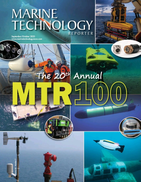2025 Janus Review: USV Industry Trends

The 2025 Janus Review addresses critical challenges, and showcases new applications and technologies that are shaping the USV sector. Credit: Janus Marine and Defense LLC
The 2025 Janus Review, which will be launched at the Sea, Air and Space Exhibition at National Harbor Maryland April 6-9, highlights key trends, addresses critical challenges, and showcases new applications and technologies that are shaping the USV sector. Significant technological gaps are limiting the widespread adoption and full autonomy of USVs, the report reveals.
Published annually by Janus Marine and Defense, a US-owned marine autonomy specialist, this year’s review says USVs have the potential to revolutionize maritime operations, from defense and security to offshore research and logistics.
Reluctance around intellectual property sharing, concerns about competitive advantages, and the absence of agreed industry standards are preventing the widespread collaboration that is needed to overcome those issues.
Key technologies, including AI development, needed to move the sector forward are still under active research and finding the right talent for the USV industry also remains one of the biggest roadblocks to innovation and growth.
It describes the sector as “an exciting and fast-evolving field." However, report editor and Janus Marine and Defense owner Jack Dougherty said it reveals that a number of key challenges are “standing in the way” of the industry reaching its full potential. These include its continuing "Low Demand, Low Volume problem," which the report’s authors say is having “significant consequences” in a number of areas.
Unlike industries with predictable consumer demand, USVs often cater to niche markets such as defense, offshore surveying, and research. This makes it difficult for manufacturers to justify large-scale production lines, “keeping costs high and innovation slow."
Additionally, companies looking to break into the market face “significant challenges in funding and scaling operations."
The report looks at a number of key challenges facing the industry and examines what is needed to meet them. They include the need for open-source architectures, which the authors describe as "building blocks for innovation."
The review highlights how every USV manufacturer currently creates proprietary command-and-control interfaces, “often reinventing the wheel” and leading to wasted effort, higher costs, and slower innovation cycles.
It says operators feel constrained by the lack of flexibility and interoperability among current systems.
Looking at some of the technical challenges facing the industry, the report says:
- Achieving truly adaptive navigation requires advanced modeling, real-time data integration, and sophisticated AI algorithms - still developing and largely unproven in maritime environments.
- Reliable marine computer vision systems require specialized datasets and algorithms tailored to challenging sea conditions, still under active development.
- Real-time sonar data processing and reliable AI classification of underwater obstacles remain significant technological hurdles, demanding continued research and testing.
- Intelligent self-diagnostics paired with adaptive mission-planning capabilities would revolutionize USV autonomy. Integrating real-time diagnostics with autonomous decision-making requires highly advanced algorithms and robust onboard computing, capabilities not yet fully matured or widely available.
- Acoustic sensing faces major challenges such as high ambient noise levels, complex signal processing requirements, and reliable integration into autonomy algorithm—all areas needing ongoing research and improvement.
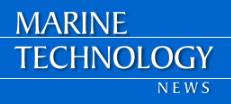

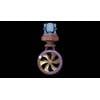

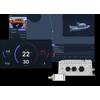

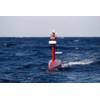








 August 2025
August 2025


